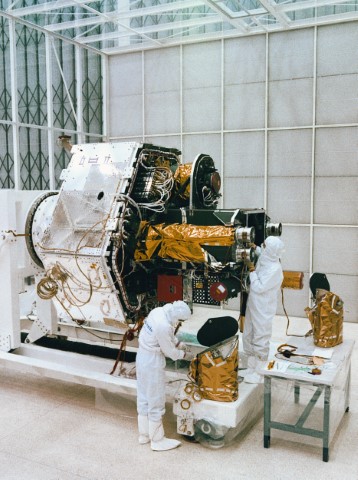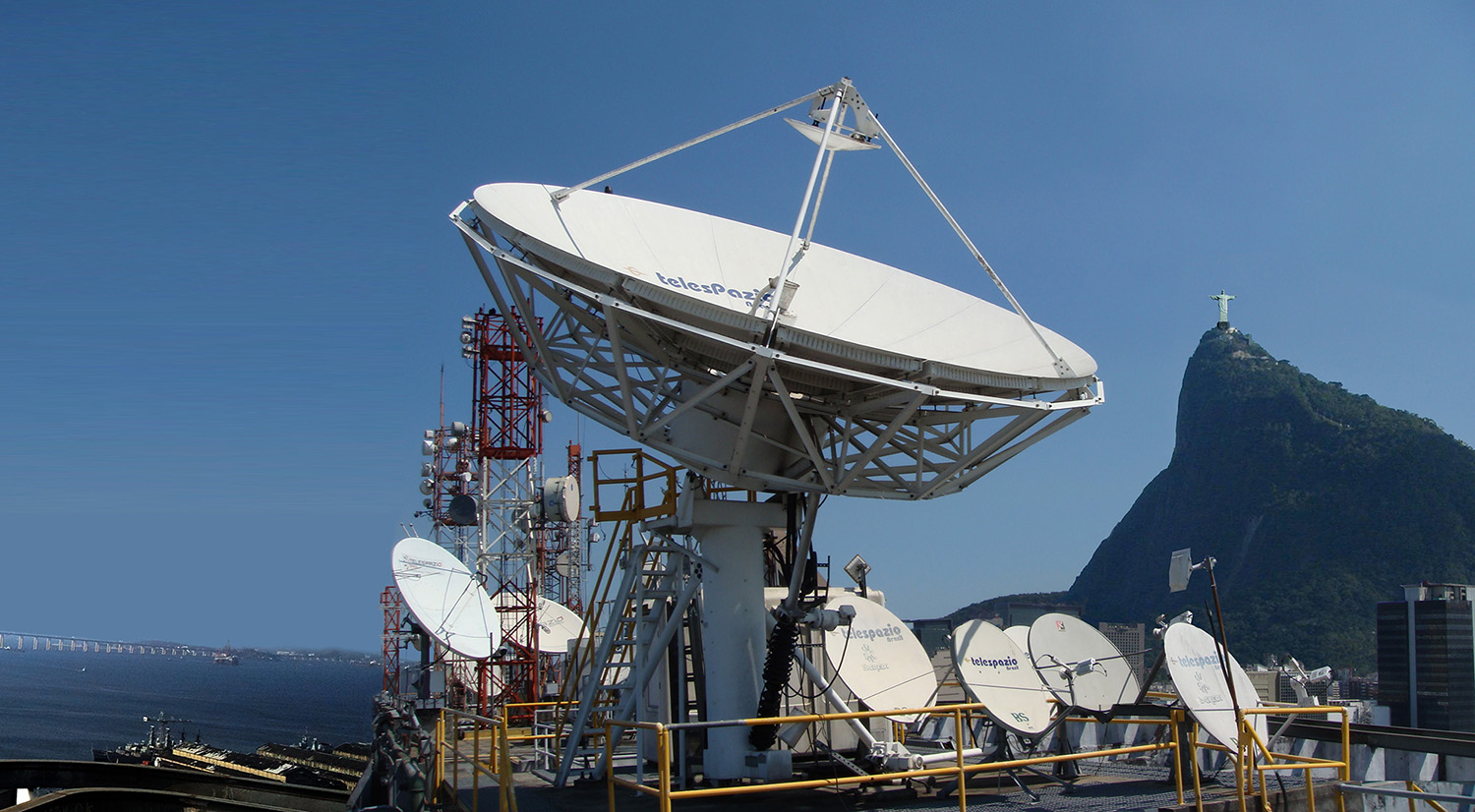19 April 2021
Cape Canaveral, 30 April 1996. The Americans did not know this yet, but an Italian satellite ready to come off the launch ramp – the first for scientific use - was about to solve the mystery that had been tormenting NASA for many years.
Sax (Satellite for X-Ray Astronomy), later renamed BeppoSAX in honour of physicist Giuseppe Occhialini, was to reveal the origin of Gamma-Ray Bursts. These were not the result of enemy military experiments, as Americans and Soviets had thought during the Cold War. They had to do with enormous explosions at the ends of the universe, outside our galaxy. For the world of astronomy, this was a real turning point.
“Bravo BeppoSAX!” was inscribed on the last remote control sent to the satellite in 2002 to deactivate it. Among the reasons for this sign of gratitude were six years of operations, 1500 observations of celestial sources, and a shower of prestigious awards for the scientists involved in the project. Once again, Telespazio took a leading role, having been granted exclusive management of the satellite in orbit.

BeppoSAX, designed in collaboration with the Dutch space agency NIVR, was the first Italian satellite for scientific use. Its state-of-the-art on-board instrumentation revealed the origin of Gamma-Ray Bursts, a milestone unaccomplished by NASA.
The second half of the 1990s was a particularly intense period for the Italian company, which was then expanding beyond its national borders for the first time. New subsidiaries were established in Europe and Latin America: Telespazio Argentina (1994), Telespazio Brasil (1997), and Rartel in Romania (1998). A clear sign of a paradigm shift, and the first step towards becoming a truly global space company.

In the second half of the 1990s, Telespazio expanded beyond its national borders. Its first three subsidiaries were established: Telespazio Brasil, Telespazio Argentina, and Rartel in Romania.

